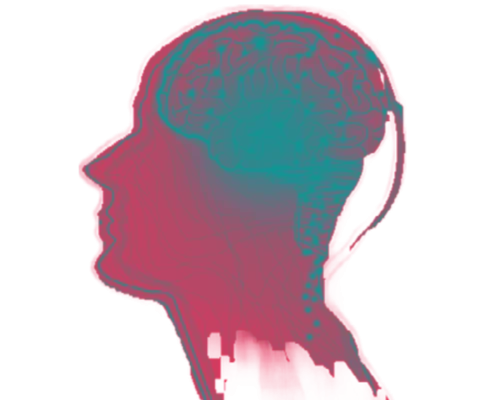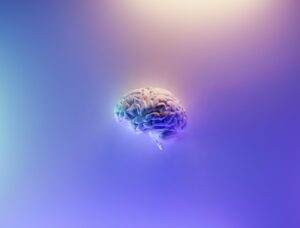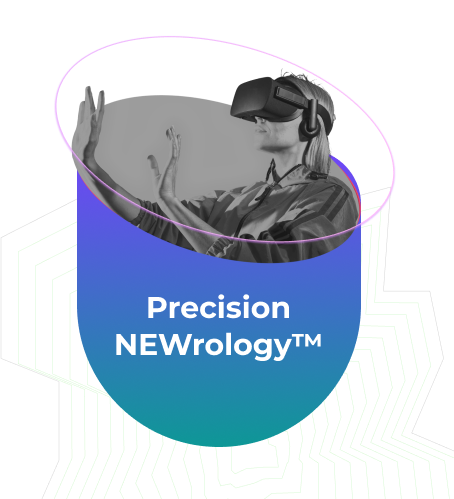
With Digital Health, the Future Is Now
With Digital Health, the Future Is Now
Amid the often dire news circulating this year, several outlets added a bit of levity with articles noting that 2022 was the supposed year of George Jetson’s birth. The Jetsons, the space-dwelling animated cartoon family whose home once represented the ultimate in futuristic living, entertained audiences of the 1960s and beyond with wild imaginings of gizmos and gadgets that might be invented in the 21st century. And now, the articles marveled, our timeline officially overlaps with that of the Jetson family’s patriarch. Several technologies featured in the series came to pass in the 21st century, including drones, teleconferencing, and Siri-esque robots. One episode even featured a “pill cam” that could be swallowed to allow a doctor to see inside the human body. This technology exists—though in a different form—today. Although we’re not yet living in spacious apartments or enjoying a two-hour workweek like George Jetson, digital health advances are beginning. They even exceed the level of technological advancement that once seemed comically distant.
What is digital health?
In our increasingly computerized world, the descriptor digital seems to be applied to nearly everything. Digital health has become a popular buzzword, but what does it mean for human health to become increasingly integrated with technology? Digital health includes any device, treatment, or system that uses technology to track, diagnose, or monitor human health data. The term refers to developments such as digital medical record systems, telehealth medical appointments, and smart devices that can track health data. Advancements in digital health have raised our awareness of our health and fitness and made it easier for us to manage both. Assuming we have access to a reliable internet connection, we can schedule medical appointments, receive test results online, and often even meet with our doctors on video from our chosen location. Smartwatches and cell phone apps can track everything from the number of steps we take daily to the quality of our sleep cycles. A person with diabetes can use a smartwatch with a glucose monitor to check their blood sugar rather than having to prick their finger to produce a blood sample several times a day. And after undergoing heart surgery, a patient can wear a digital monitor that wirelessly relays their heart rate data to a secure lab server from the comfort of their home. Digital health solutions can accelerate healing and make chronic health conditions easier to live with. These “Internet of Things” (IOT) devices can also motivate us to practice better preventive habits by helping us keep daily tabs on our diet and exercise. In addition to helping us take a more active role in our health, digital health researchers are also developing exciting applications of artificial intelligence that make crucial health information available to physicians for the first time.
Digital biomarkers: Charting the unknown
Artificial intelligence offers two powerful advantages for medical testing and diagnosis. First, AI applications are often less invasive than traditional forms of medical testing. Second, they can produce objective results because they require no human intermediary to gather and record data. They are also not dependent on patients’ reporting of their symptoms, which is often inconsistent. Imaging machines with embedded AI capabilities can help radiologists analyze scans to diagnose problems that might otherwise have gone undetected and allow them to prioritize the most critical patient cases. And by recording and analyzing digital biomarkers such as heart rate and brain activity in real-time, AI programs can alert medical staff to the presence of disease at its earliest stages before humans can detect it.
The ViewMind test: A cognitive tuning fork
ViewMind is proud to be at the forefront of this wave of AI innovation. Studying the digital biomarker of eye pattern movements in response to visual stimuli delivered through a virtual reality headset, we’ve found a way to detect the presence of neurocognitive disorders earlier than ever before. Since forms of dementia such as Alzheimer’s are often not detected until it’s too late to improve patient outcomes, this finding holds great promise for a brighter future for individuals with dementia. Through longitudinal research, we’ve found that not only can our 20-minute test discover the presence of cognitive decline, but it can also predict with near-perfect accuracy that patients showing such signs will develop Alzheimer’s disease. Our test acts as a tuning fork checking for the perfect pitch. By activating a certain brain area through virtual reality exercises, we can see if something is out of tune by tracking a patient’s eye movements. And we have learned that certain eye movement patterns correlate to the presence of beta-amyloid and Tau proteins in brain cells, a tell-tale indicator of Alzheimer’s. Our goal is to one day make such diagnostic methods part of routine cognitive health exams worldwide. Digital health allows us to implement noninvasive, accessible diagnostic tools to support proactive cognitive health care. Who knows what we’ll have achieved by the 2060s when George Jetson’s doctor told him he’d live to be 150?
Related Posts

What Is Cognition, and What Can It Tell Us?
At ViewMind, we’re finding new and better ways to diagnose and measure neurocognitive health. As part of this mission, we’ve been working to demystify the…

The Race against Long COVID
Apart from the horrifying statistic of more than six million deaths from COVID-19 worldwide, one of the most troubling outcomes of the disease has been…

How do we know when mild cognitive impairment (MCI) will become Alzheimer’s?
Cognitive impairment is a multifaceted ailment that has long bedevilled researchers due to the unpredictable nature of its progression. Some individuals with mild cognitive impairment…


